The Global Landscape of Uranium Investing

A beginner's guide to the global uranium investing landscape - find out which countries produce the most uranium, what mining methods they use, major mines closing by 2030, and what it means for uranium investors.
- Uranium production is concentrated in just 4 countries - Kazakhstan, Australia, Namibia and Canada. These account for 74% of global uranium production.
- Kazakhstan leads with 41% share of production, mainly using low-cost ISL/ISR mining techniques. But most of their uranium is now contracted to China.
- Australia has large uranium resources but production is constrained due to political restrictions. Existing mines are Olympic Dam (copper mine) and Beverly (ISR).
- Namibia has several operating mines like Husab, Rossing and Langer Heinrich but the ore grades are relatively low compared to Canada. Husab was sold to China for $2.2 billion.
- Canada hosts the highest grade uranium deposits in the world, with mines like McArthur River and Cigar Lake. But they require complex freezing techniques to mine the high grade ore.
The Energy Show
The Weekly Energy Show is a chance to catch up on the world of uranium and nuclear energy. Topics covered range from discussing the Uranium market and the future of nuclear energy to how Namibian Uranium benefits from an off-shore oil discovery and which Uranium developers can take advantage of a shortage in supply. We are very lucky to welcome Siobhan Lancaster to the Energy Show to take us through a beginners / refreshers guide to Uranium Supply. Siobhan presents an informative overview of the global uranium market. Siobhan is the CEO/MD of 92 Energy Ltd and a uranium industry veteran with over 10 years of experience. Having worked on projects in Australia, Namibia, and Canada, Lancaster provides unique insights into uranium production and mining.
Key Uranium Producing Countries
Uranium production is concentrated in just four countries - Kazakhstan, Australia, Namibia and Canada. Together they account for over 70% of global uranium production.
Kazakhstan is by far the largest producer, representing 41% of total output. The country utilizes low-cost in-situ leaching mining techniques to extract uranium. Australia is the second largest producer at 13%, followed by Namibia at 12% and Canada at 8%.
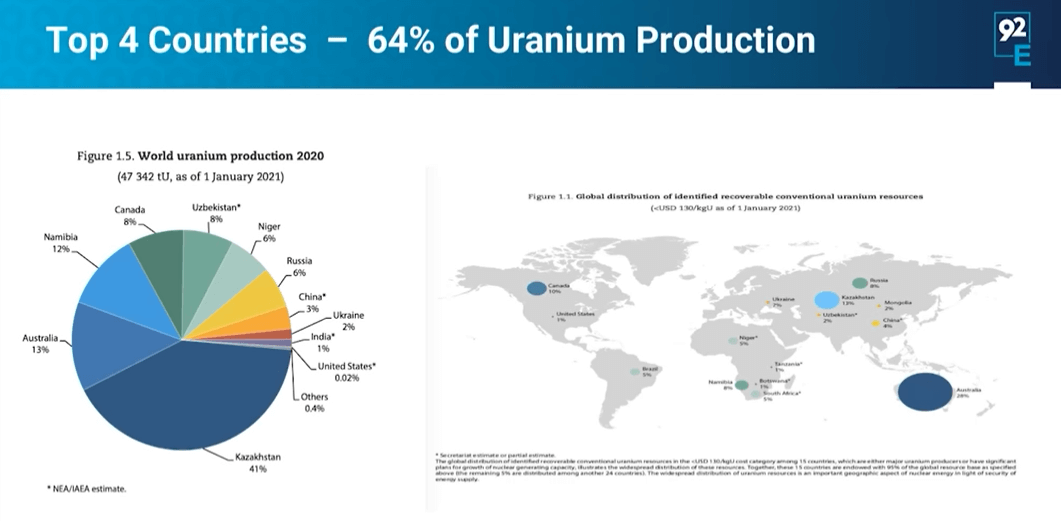
All four major producing countries have strategic significance for uranium supply, with state-owned companies heavily involved. Kazatomprom in Kazakhstan, CNNC and CGN in China, Orano in France and Cameco in Canada are some of the key players. Securing long-term uranium supply is critical for these companies.
Interview with Siobhan Lancaster, CEO/MD of 92 Energy Ltd.
Deposit Characteristics and Mining Methods
The type of deposit and ore grade determines the mining method utilized. Kazakhstan's low-cost in-situ leaching relies on amenable ground conditions. Mines in Africa and Australia generally have lower grades around 0.03-0.05% U308, requiring large-scale open pit mining.
Canada's very high-grade deposits, averaging over 15% U308, allow underground mining. However, containing groundwater influx requires complex freezing techniques at mines like Cigar Lake. Innovation through in-situ recovery could open up many smaller, uneconomic deposits in the Athabasca Basin.
Development Pipeline
Mine production profiles indicate that by 2030, over 25% of current output will come offline. Major mines closing include Cigar Lake, McArthur River, Rossing and Husab. The development pipeline is not sufficient to replace this production capacity. Relief may come from lower grade projects in Africa and Australia, but only at much higher uranium prices. Intense development of new projects will be needed in the current decade to avoid potential supply disruptions.

Australia – Political Headwinds
Australia holds around 30% of global uranium resources and was once the second largest producer. However, progressive political parties have implemented state-wide bans on uranium mining in Queensland, New South Wales, Victoria and Northern Territory. Only South Australia with the Olympic Dam mine remains an active uranium jurisdiction. Some see Australia’s nuclear submarine deal as irony given domestic nuclear power is banned. But public sentiment and energy policy may be slowly shifting.
Australia has been mining uranium since 1954 and currently has three operating mines, with plans for more in the future. In 2022, Australia produced 4820 tonnes of U3O8 (4087 tU), making it the world's fourth largest producer at 8% of global output. Australia has the world's largest known uranium resources, accounting for almost one-third of the global total. All of Australia's uranium production is exported since the country does not use nuclear power itself. However, given Australia's high reliance on coal and likely carbon constraints on electricity generation, nuclear power is a strong possibility in the future. In May 2016, the South Australian government's royal commission on the nuclear fuel cycle recommended an international high-level nuclear waste repository, though this was not accepted.
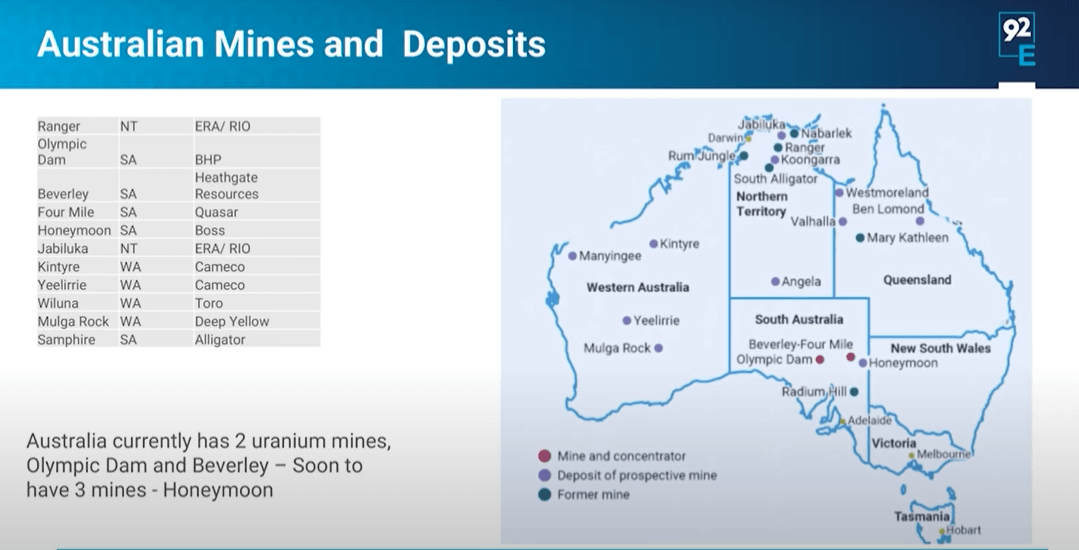
Namibia – Strategic Chinese Interest
Namibia is the fourth largest uranium producer, with additional upside possible. Namibia has become a major player in the global uranium mining industry since opening its first commercial uranium mine in 1976. With significant uranium deposits, Namibia now has the capacity to provide around 10% of total worldwide uranium mining output. The Namibian government strongly supports expanding uranium production, likely motivated by the substantial revenue generated from uranium exports. There has also been some Namibian interest in nuclear power generation, which could provide incentives for further domestic uranium mining. Overall, Namibia's large uranium resources and mining-friendly policies have allowed it to become a top supplier in the international uranium market over the past few decades.
Deposits are lower grade but contain large quantities, amenable to open pit mining. With few tribal tensions and streamlined permitting, Namibia offers an attractive investment environment. However, extensive Chinese ownership already exists through CNNC and CGN. Further Chinese acquisitions may be restricted by the Namibian government.
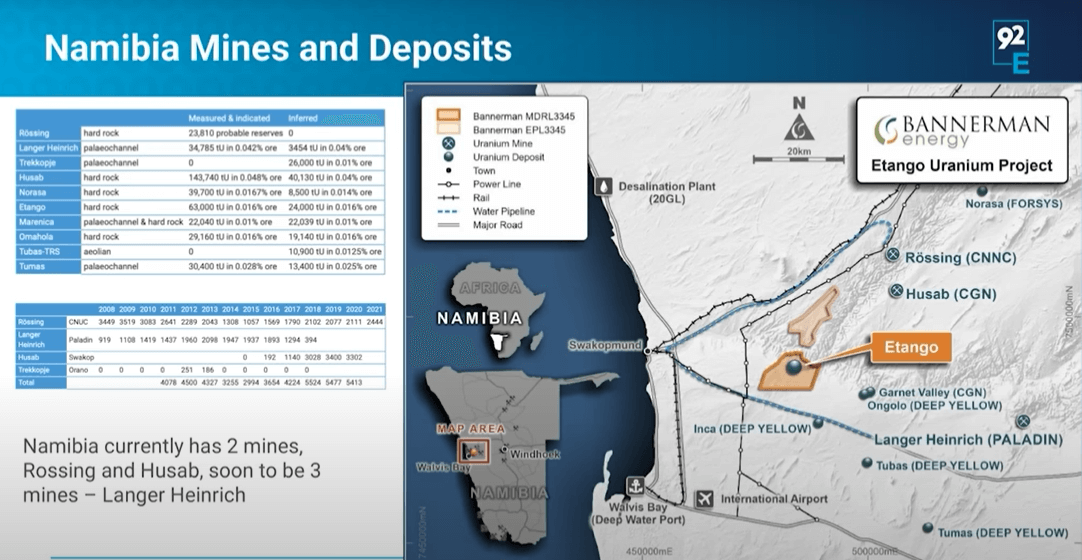
Canada – Home to Top-Tier Assets
Canada is endowed with the world’s highest-grade uranium deposits, though actual production is just 8% of global supply. All of the top exploration drill results are from Canada. Grades exceeding 15% U308 allow high-margin underground mining. While containment of water influx can be challenging in sandstone-hosted deposits, innovation through in-situ recovery provides plenty of upside in the prolific Athabasca Basin.
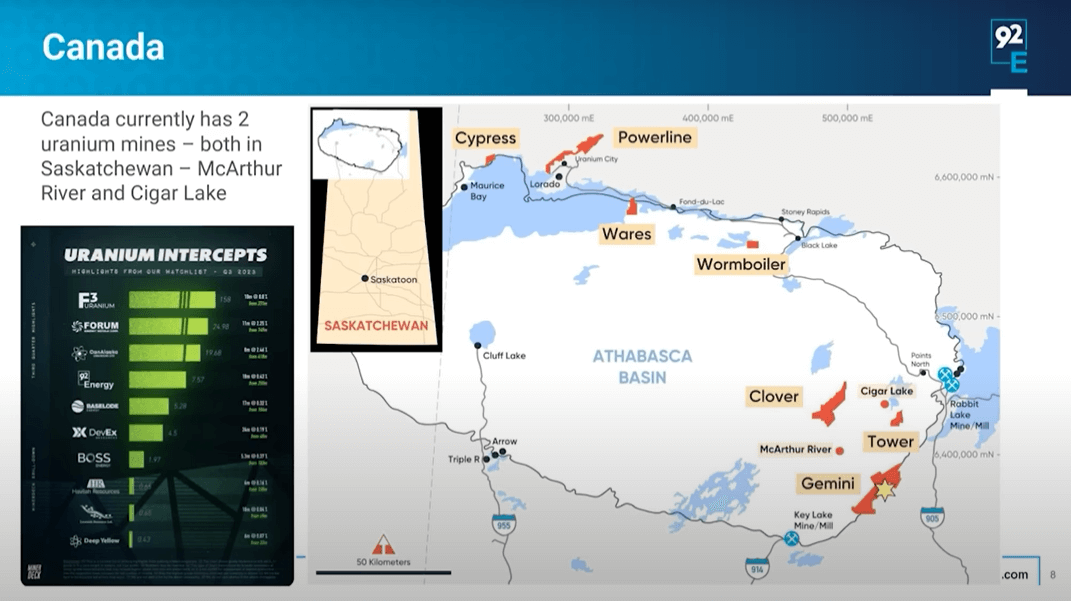
Kazakhstan – The Chinese Pivot
Kazakhstan moved from no production in 2000 to become the world’s largest uranium supplier, thanks to amenable ISL geology. But with Russia limiting exports to the west, China is securing over 50% of Kazakhstan’s output. The eastward pivot has significant market implications. All future supply increases are also fully contracted, leaving no excess for the spot market. The days of Kazakh uranium balancing global markets appear over.
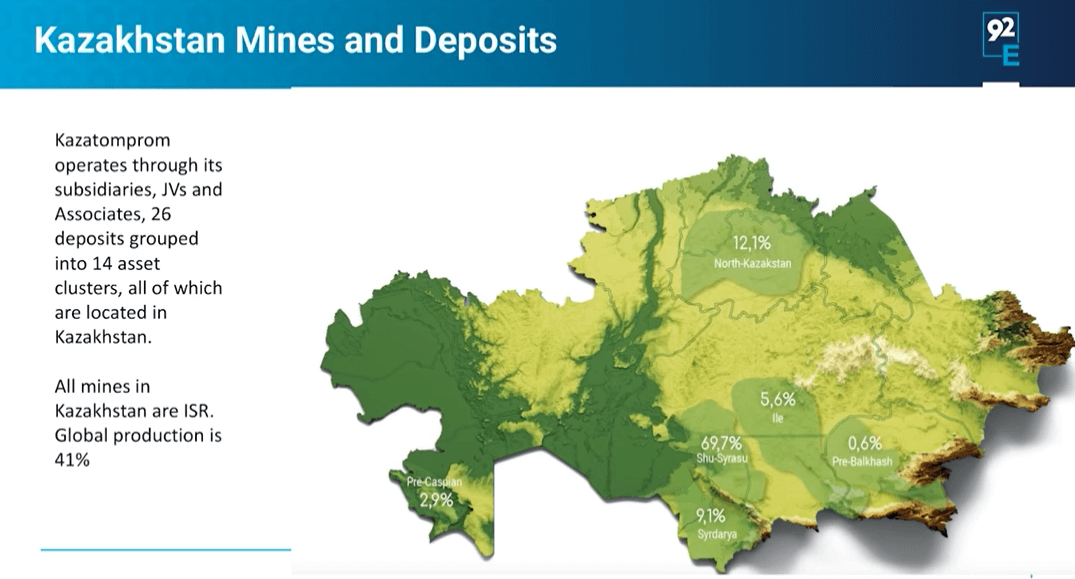
Conclusion
With uranium demand forecast to rise significantly, the supply pipeline remains constrained. The uranium market is characterized by few producing countries, declining grades, complex mining methods and lack of new discoveries. This presents a compelling investment case - with upside exposure to rising uranium prices likely. Investors should focus on companies with quality uranium assets, located in stable jurisdictions and with potential to fast-track development.
Analyst's Notes




Subscribe to Our Channel
Stay Informed










































